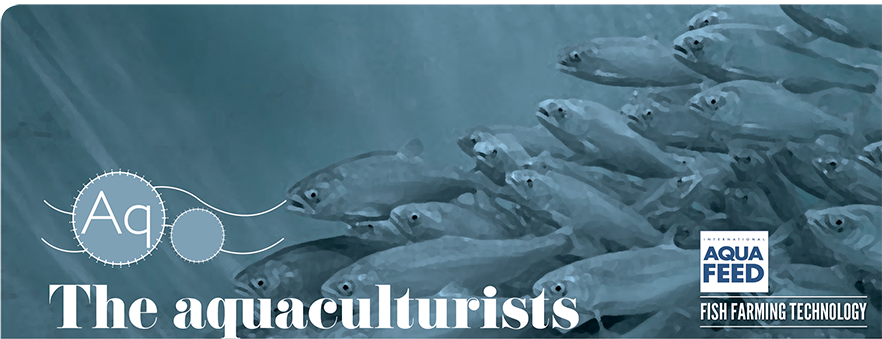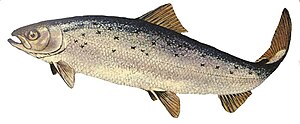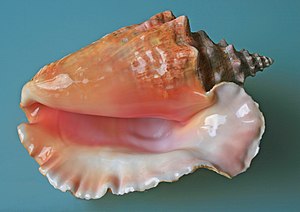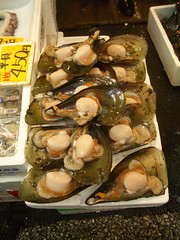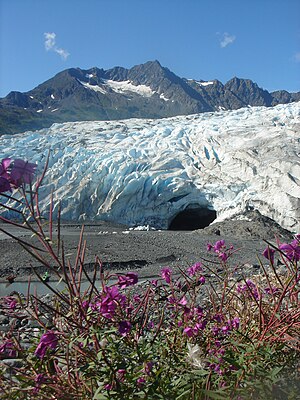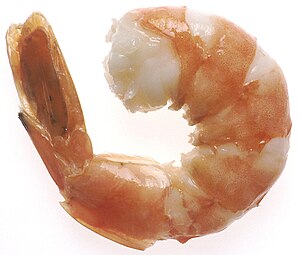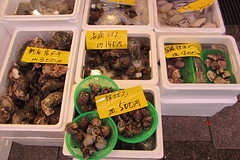Hervé Balusson founded Olmix Group in Brittany, France in 1995. Unusually for the time, Olmix developed natural alternatives to chemical additives used in agriculture. Using high quality trace elements,specific clays and macro-algae, the group created a wide range of natural products to substitute synthesis additives. Hervé Balusson, Olmix Group CEO, shares his views on the future of the company and difficulties faced by aquaculture.
Today, Olmix is one of the world’s main specialists in 'green chemistry' and is one of the pioneers of the 'blue biotechnology'. Olmix has 12 subsidiaries worldwide, is present in 60 countries and employs 250 people. The Breton SME reached a turnover of €53m in 15 years, of which 80 percent was exported sales. The company is well established in Asia where it achieves a 30 percent growth by year on average. In fact, the ASEAN area represents an increasing share of the group’s turnover. Olmix Group is listed on the Paris Stock Exchange and has seven production plants in Europe.
This interview appeared in the May June 2012 edition of
International Aquafeed magazine
After 15 years of algae valorization, what are your observations?
Hervé Balusson (Olmix Group CEO): When I began to get interested in macro-algae, 15 years ago, people believed I was a marginal. However, the sea is unquestionably an amazing source of 'blue biotechnology'. The number of algae species in the world is estimated at almost one million. At the outset of the new millennium, the study of algae is one of the most promising ways to provide answers to mankind issues such as environmental, food and energy challenges. Nature has already the answers to take up these challenges.
Renewable biomasses, algae are rich in proteins, carbohydrates, trace elements and especially in active principles often underestimated.
Algae reflect the company’s philosophy as sustainable solutions: thanks to algae, Olmix is able to provide natural, efficient and universal solutions. By 'universal', I mean that our products have the capacity to adapt to various types of production, in different contexts.
The macro-algae high potential combined with our mastery in sourcing and industrial processes led us to technological breakthrough, to the development of numerous innovations and revolutionary products, particularly by the association of the mineral and the organic.
Our group has the advantage of being able to promptly launch its new technology at competitive prices on the market thanks to our well established international sales team. This territorial anchorage gives company open-mindedness and dynamism.
Aquaculture is today facing some challenges, what solutions do you provide?
Increasing production, fishmeal replacement, high quality products requirement (in compliance with standards and certifications), feed efficiency improvement, pathologies limitation, maintaining water quality … These are the challenges the aquaculture sector is facing today.
Olmix proposes solutions in line with the market concerns and provides a full range of products intended for aquaculture.
Fish meal replacement has for example generated a new problematic, previously unknown, the mycotoxins risk management, linked to recourse to plant origin commodities. MTX+ responds to this new demand by supplying an effective and reliable solution to control this risk.
The innovative nature of our products is intrinsically related to valuation of both nutritional and functional algae properties which ensure effectiveness and originality.
Solutions provided by Olmix are universal and meet the feed millers and farmers needs and are besides the result of a privileged relationship based on our proximity with our different partners.
Is the future of Olmix linked to algae valorization?
The group’s medium and long-term development is indeed predicated on the implementation of a complete sector for macro-algae valorization.
This year we are starting a large-scale project, the 'Industrial Strategic Innovation' program from Oséo called ULVANS, gathering 5 companies (OLMIX, PRP, MELSPRING, AMADEITE, AGRIVAL) and two French academic partners (South Brittany University, National Centre of Scientific Research from Mulhouse).
The aim of the ULVANS project is to create a sea lettuce valorization sector, from the harvesting to the marketing of innovative products destined for the animal and vegetable nutrition and health markets.
Health through algae, a new challenge for Olmix?
Our expertise in the knowledge and the mastering of active principles stemming from macro-algae opened up new fields of application. The group’s Research and Development teams focus today on the valorization of our innovations in the health sector.
The sea must be considered as an infinite reservoir of solutions, it contains the potential to solve major health issues.
'Health through algae' is the founding concept of the new Amadéite company which is developing breakthrough products dedicated to control animal and vegetable pathologies (immunostimulation, anti-infective agents, elicitation effect).

